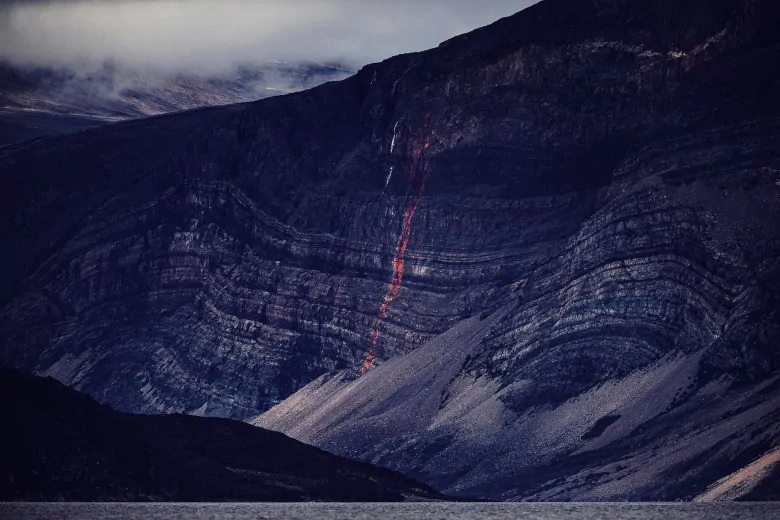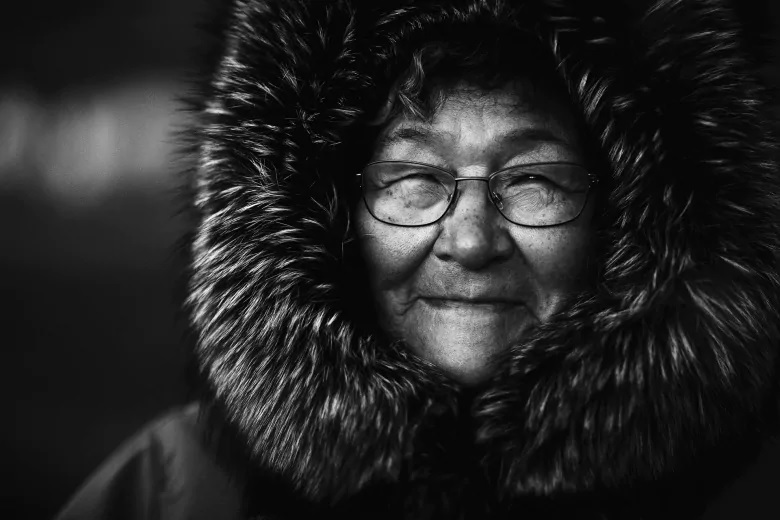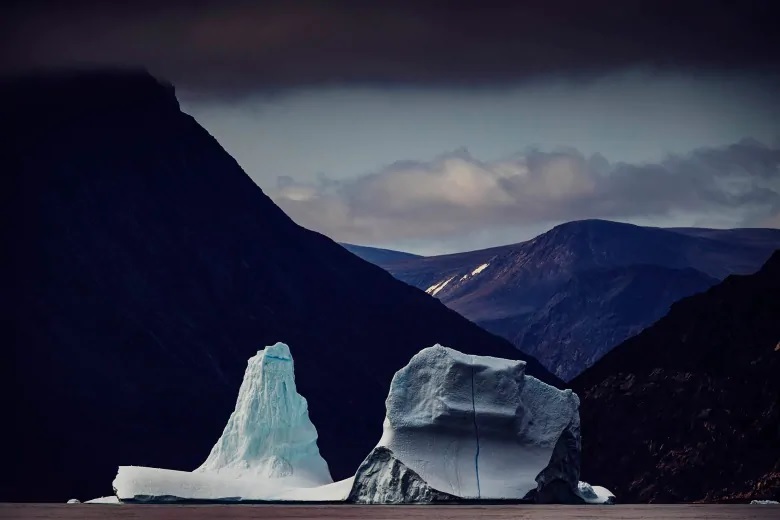Photos show Torngat Mountains in Canada’s eastern Arctic as you’ve never seen them before

He’s shot former U.S. presidents, Hollywood stars and candid portraits from Haiti to Hawaii. But now acclaimed photographer David Howells has turned his expert lens to Torngat Mountains National Park, to stunning results.
Howells is blessed with the gift of gab, but when it comes to the week in August he spent there for some advertising work, he managed to distil the ineffable experience down to a few words.
“There’s lots of beautiful places in the world. This is probably the most incredible place I think I’ve actually been,” said Howells, based in St. John’s.
The park, encompassing 9,700 square kilometres of Inuit territory and wilderness on the northern edge of Labrador, redefines remote.
The Inuit and their predecessors have called it home for some 7,000 years, but the park was formally established only in 2005. In surreal, subarctic terrain, the park’s bear-fenced base camp operates for only a few weeks a summer, accessible only by boat or plane, with a tourist price tag in the thousands of dollars.
Despite that, photographs of its glacial and geologic beauty abound, and as Howells plane-hopped to the park’s airstrip, he faced a daunting challenge, and set himself a goal.
“I just thought to myself, there’s no point in me going there and just doing what everybody else has done,” he said.
What he ended up with far exceeded his expectations. Here are the stories behind some of his most magical shots.
This polar bear

Polar bears are everywhere in the Torngats. Parks Canada rates your chances of encountering one as extremely high, and the majority of visitors must be accompanied by an armed bear guard when venturing beyond base camp.
But despite those expectations, the animals proved camera-shy.
“Because there’s no snow, you’d think they’d be easy to spot, but they’re not. They’re elusive,” Howells said.
The spectacular shot above came during a Zodiac ride, when Howells spotted a polar bear swimming past with an astonishing swiftness. Armed with a long lens, he tracked the bear as it leapt up out of the water and started clicking his shutter.
“He just turns around, and like a dog, does a huge big shake. And because he’s white, and the background was these black, very very dark basaltic rocks, all the spray just lit up, like a set of lights,” he said.
‘”The ability just to be able to witness it first-hand — I know you’re looking at it through a long lens, but it is amazing to see.”
And while Howells lives by the rule of not checking his camera’s back screen while he’s shooting to see the results — a habit photo nuts call “chimping” — even through the viewfinder he could tell he had something special.
“When you’ve got it, you’ve got a slightly smug feeling like, ‘I’ve got that,'” he said.
Glowing iron

Polar bears proved easy subjects compared with shooting the surrounding landscape. With the highest mountains in Canada east of the Rockies, it was hard for Howells to portray exactly how jawdropping the Torngats are.
“It’s almost impossible to do it justice, because part of the big problem is, there is absolutely no scale at all,” said Howells.
Without trees or human habitation to create a reference point, Howell relied on telephoto lenses usually seen in the hands of sports photographers on the sidelines of an NFL game to make his photos stand out.
“I use lenses that you normally wouldn’t expect landscapes to be shot on, so it gives a very, very different perspective,” he said, with those long lenses compressing the scenery’s foreground and background and making details pop.
Voir cette publication sur Instagram
The detail of one cliff face’s strip of iron ore, rusted into a brilliant red, stood out to Howells, and he snapped it on several occasions until one time, the conditions aligned to give it an ominous glow. Light itself is tricky in the Torngats, he said, adding to the aura of the place.
“It seems to change more dramatically up there, because the sun is already pretty low, you’re enormously far north. And then, there’s a lot of cloud cover, and you have these shafts of light which sort of move around the mountains,” he said.
The feeling he’s left with from his Torngats trip is hard to put into words, but Howells being Howells, he attempted, saying it left him feeling a bit like an astronaut.
“You realize how ridiculously irrelevant you are. You’re very, very small. This is not your land. This is polar bear land. This is Inuit land. And you don’t have the ability to survive there, they do. It’s kind of humbling.”
The best part? The people

However much the landscape left its mark on Howells, he said it was nothing compared to meeting and photographing the Inuit guides and staff.
“Like all stories, the human element is by far the most important. Yes, the pictures of the mountains are beautiful, hopefully. But it’s all irrelevant, compared to the human bit,” he said.
The park has an all-Inuit management team, and the base camp, run by the Nunatsiavut government, offers a variety of excursions that explore Inuit heritage, culture and history, and runs the gamut of tasting Arctic char to the tragic resettlement of Hebron.
As Howells learned, he took pictures, and delighted particularly in elder and guide Sophie Keelan, who he said cracked jokes and told stories non-stop.
“The whole thing was incredibly humbling, to be honest with you,” he said.
“Experiencing this was way more powerful than the bears, and the mountains, and all the rest of the stuff.”
If you want to see more photos of Howells’s trip, check out his Instagram account.

Related stories from around the North:
Canada: From the Arctic to Atlantic, a photographer documents seal hunting in Canada, Eye on the Arctic
Finland: Photographer tells how he snapped picture of rare white bear cub in Finland, Yle News
United States: ‘I Am Inuit’ goes from Instagram to museum in Anchorage, Alaska, Alaska Public Media


